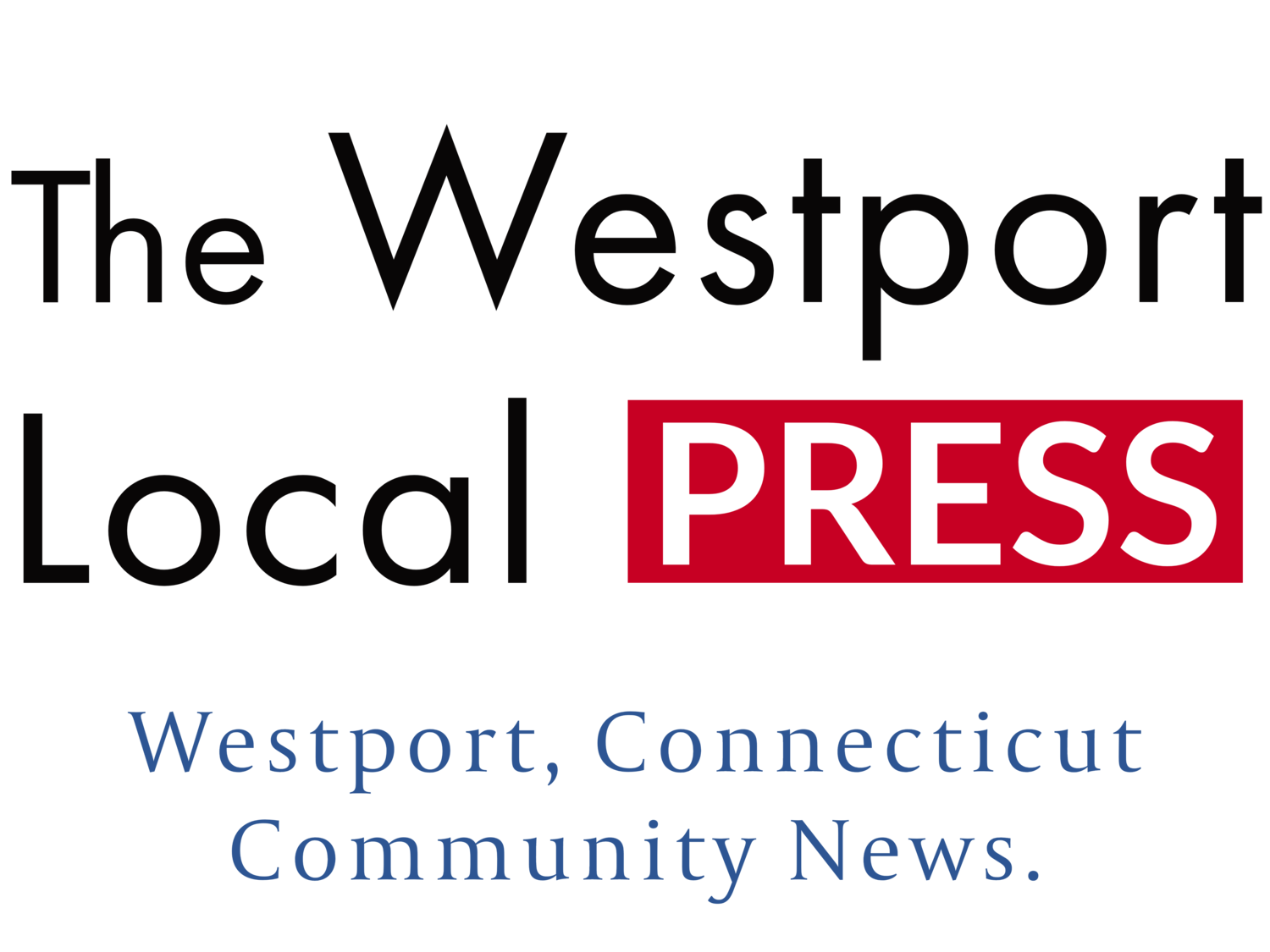Talking Transportation: Saving Money on Metro North
Are you paying too much to ride Metro-North? Maybe.
As we slowly return to semi-regular commuting by commuter rail in Connecticut, ridership on Metro-North is about half of pre-COVID levels, below the railroad’s hopes and its consultants’ predictions… but not mine.
But however often you’re taking the train these days, here are some money saving tips.
First tip: always buy your ticket before boarding the train. Conductors can charge you a hefty on-board surcharge up to $6.50 (but not for seniors) if you don’t have a ticket. That’s a rooky mistake you’ll only make once.
If you buy your ticket on the eTix app, be sure to activate your ticket before boarding the train, not when the conductor comes to collect your fare.
OFF-PEAK only fares remain in effect on all trains, even at rush hour, through the end of this year. Yet the railroad is still selling peak tickets, both on its eTix app and its ticket machines. Why?
The railroad says it’s had trouble reprogramming their 20-year-old ticket machines and app so they’ve been relying on a PR campaign to alert travelers not to buy peak tickets. I think they’d hoped to get back to peak fares long ago but now realize that’s not going to happen.
If you know you’re going to be riding regularly, buy a TEN-TRIP OFF-PEAK and you’ll save 15%. Mind you, these ten-trips are only good for six months but they can be shared, say, with your family.
There are also TEN-TRIP OFF-PEAK tickets for seniors, Medicare recipients and the disabled. All fares for those passengers are already discounted 50%, a substantial savings.
Chances are good that Metro-North may start selling 20 or 30-trip tickets in the new year, reflecting the new reality that workers may not be commuting full time but still want a discount.
Active duty members of the military can also get a 25% fare break. And students using the train to commute can also get a discount if they file the paperwork. Students attending most Connecticut colleges and universities can also take advantage of U-Pass giving them free rides on buses and trains, but only within the state.
If you’re going between intermediate stations, say from Bridgeport to Stamford, there are also discounted fares, especially cheap if you’re only traveling within Connecticut.
If you’re really back to full-time commuting, a MONTHLY TICKET is your best bet… a 48% discount on the regular fares. Monthly pass sales used to represent almost half of all ticket income (pre-COVID) but they’re only back to about 17% of previous levels. One nice bonus for monthly ticket holders: through November 21st you can bring up to four other passengers with you on weekends for only $1 each.
Need a refund for your unused ticket? That will cost you $10 and must be requested within 60 days of purchase.
You should also check to see if your employer offers TransitChek where you can buy up to $270 worth of train tickets using pre-tax dollars, a substantial discount depending on your tax bracket.
Station parking can be expensive but is free at most stations on nights and weekends. Check with your town to be sure.
Whatever your train riding pattern, do your homework and you’ll save yourself some money. And, oh yes… don’t forget to wear a mask!
About Jim Cameron:
Jim Cameron has been a commuter advocate for over 30 years, with a special focus on the Metro North railroad. He spent nearly two decades on the Connecticut Metro North Commuter Council, and most recently founded The Commuter Action Group. Jim Cameron’s Talking Transportation was a popular column on the former WestportNow.com prior to its cessation, and joins The Westport Local Press and several other online community organizations. A resident of Darien - he serves on its Representative Town Meeting and is Program Director of the town government TV station, DarienTV79. He can be reached at CommuterActionGroup@gmail.com and follow him on Twitter: @CTRailCommuters


